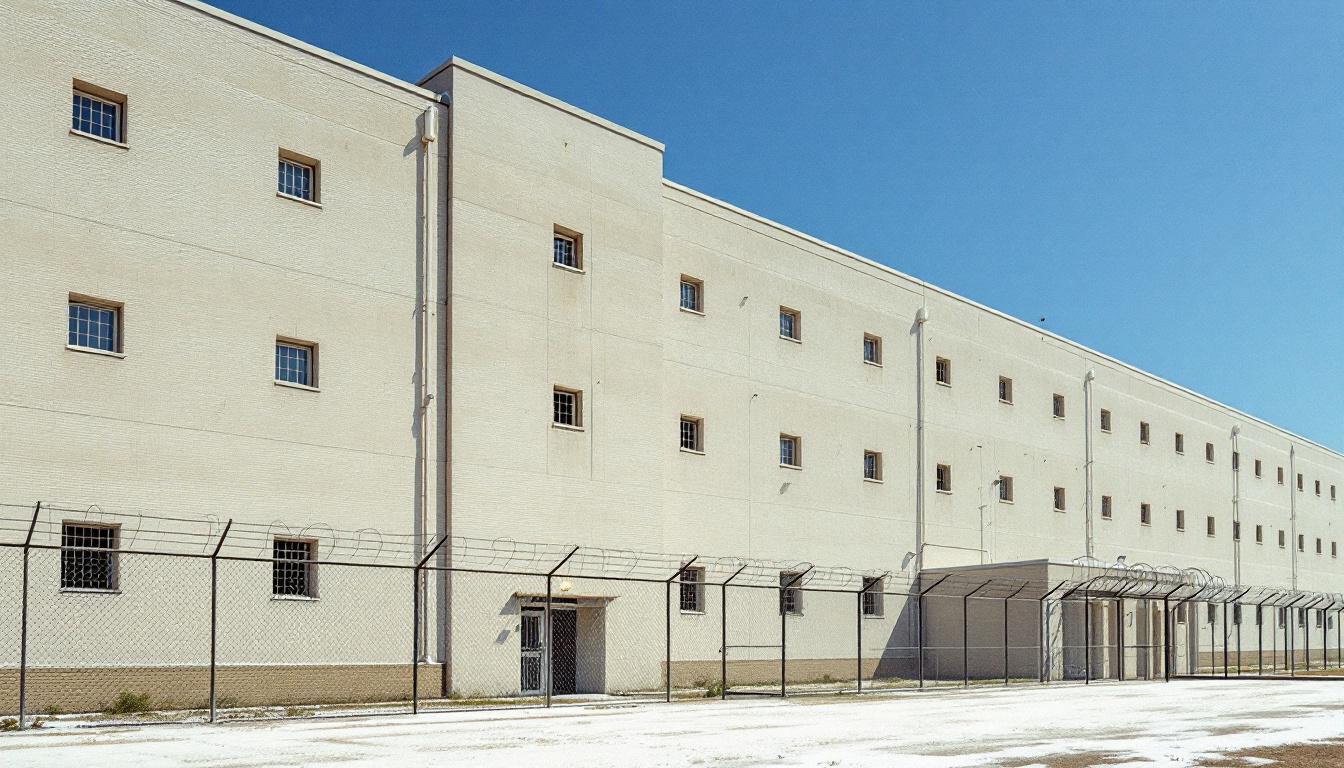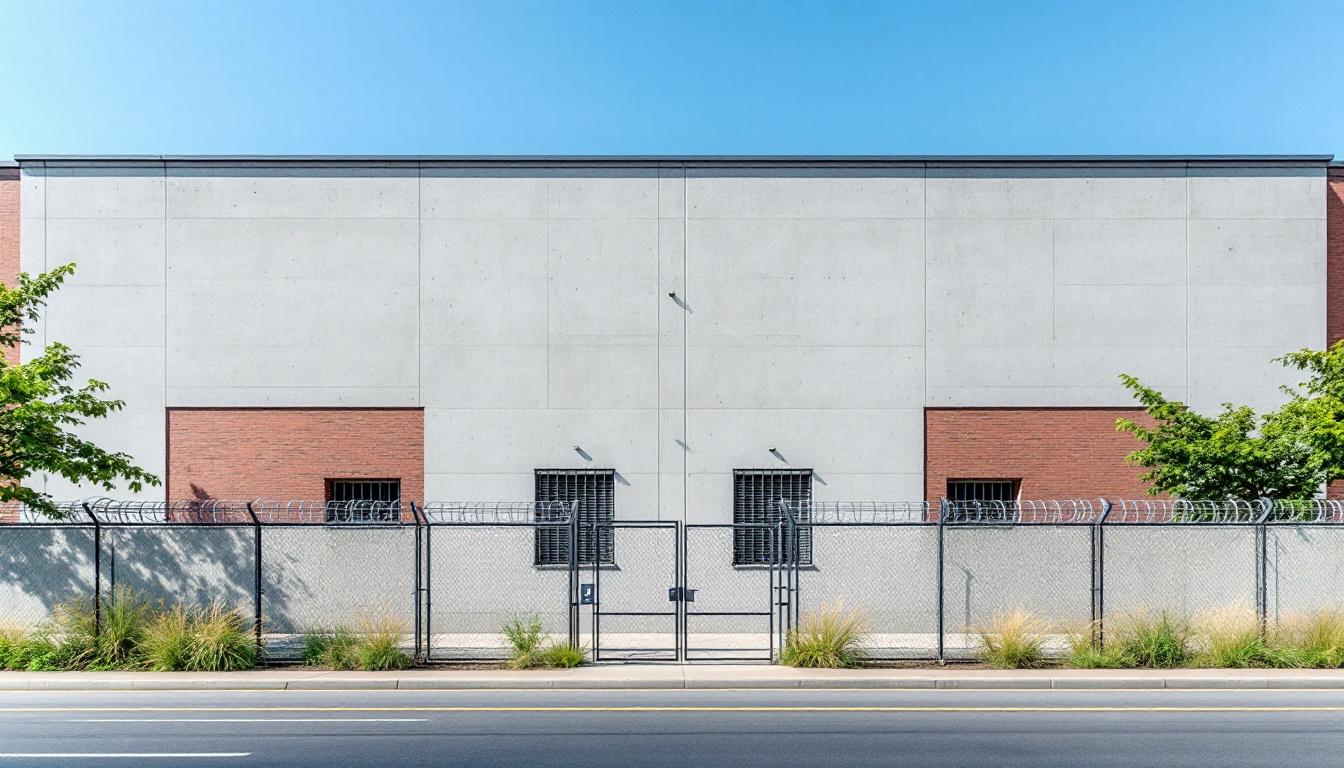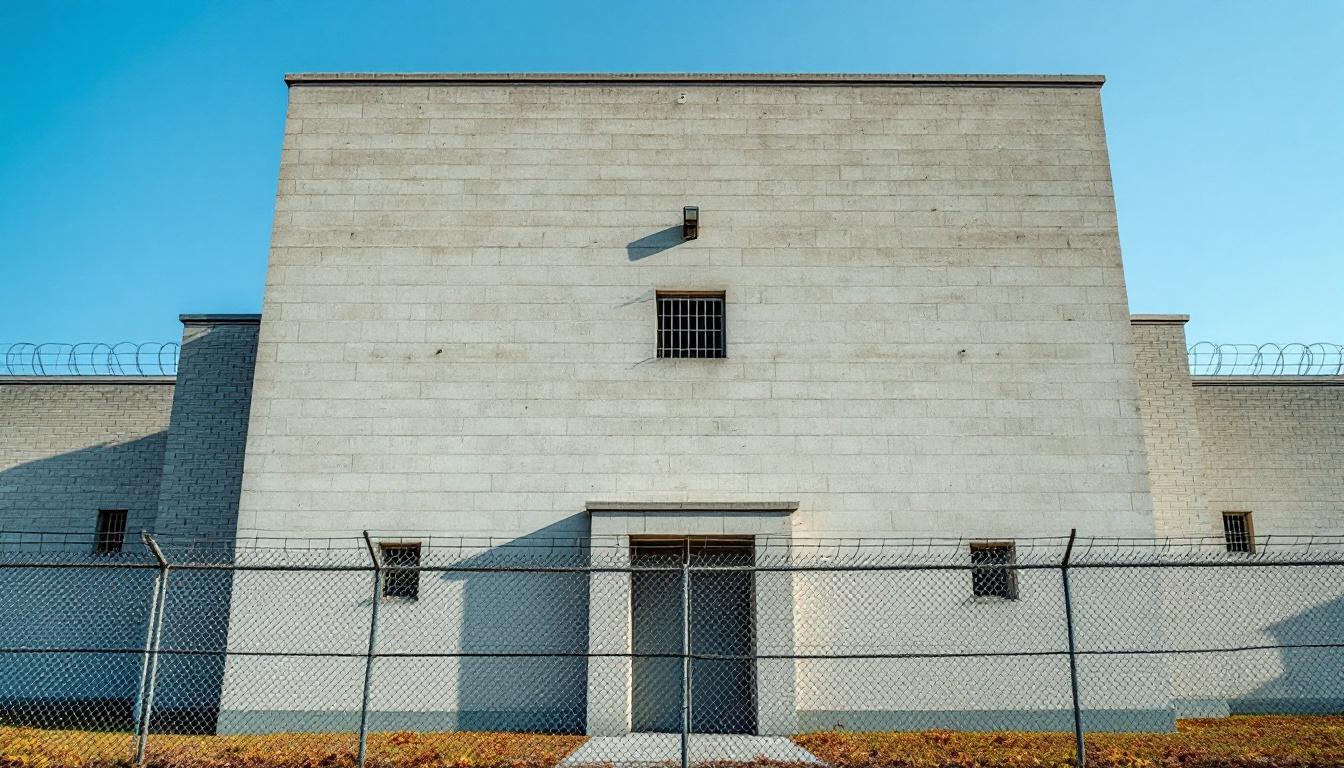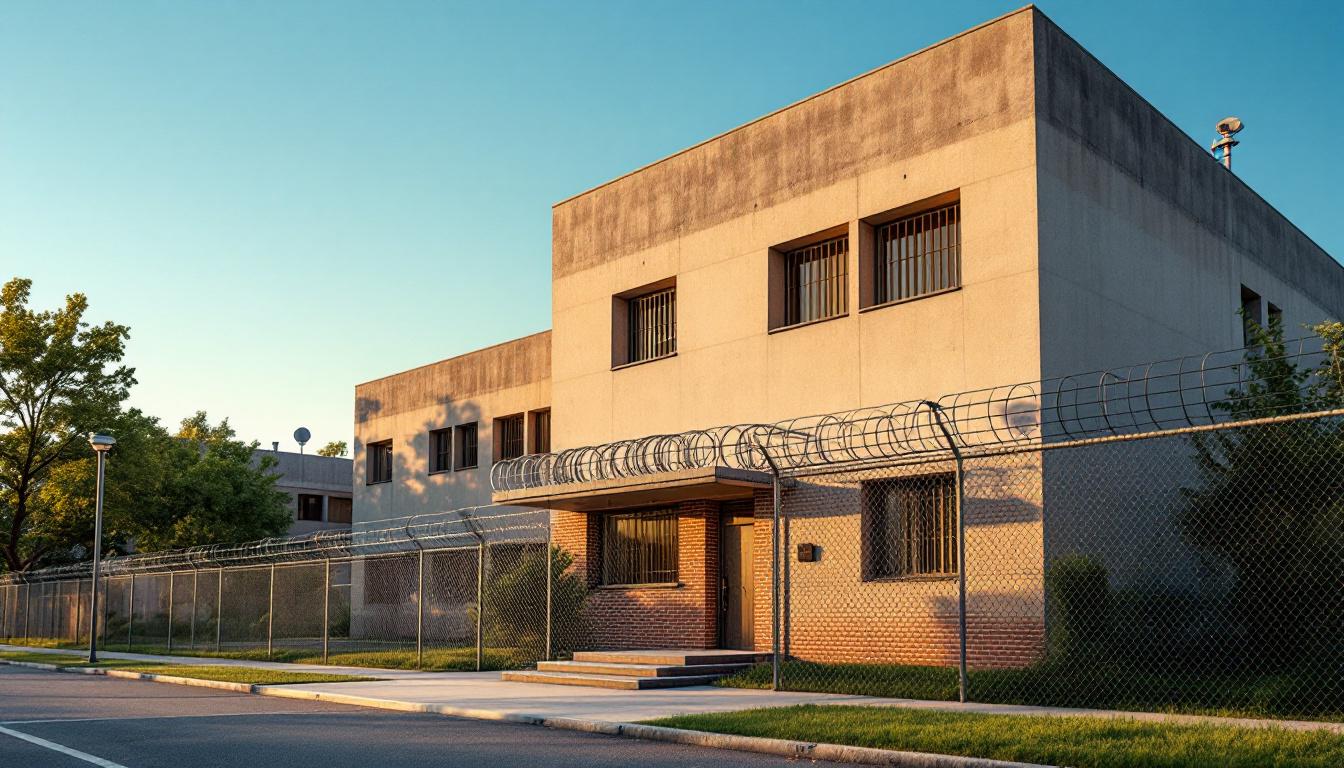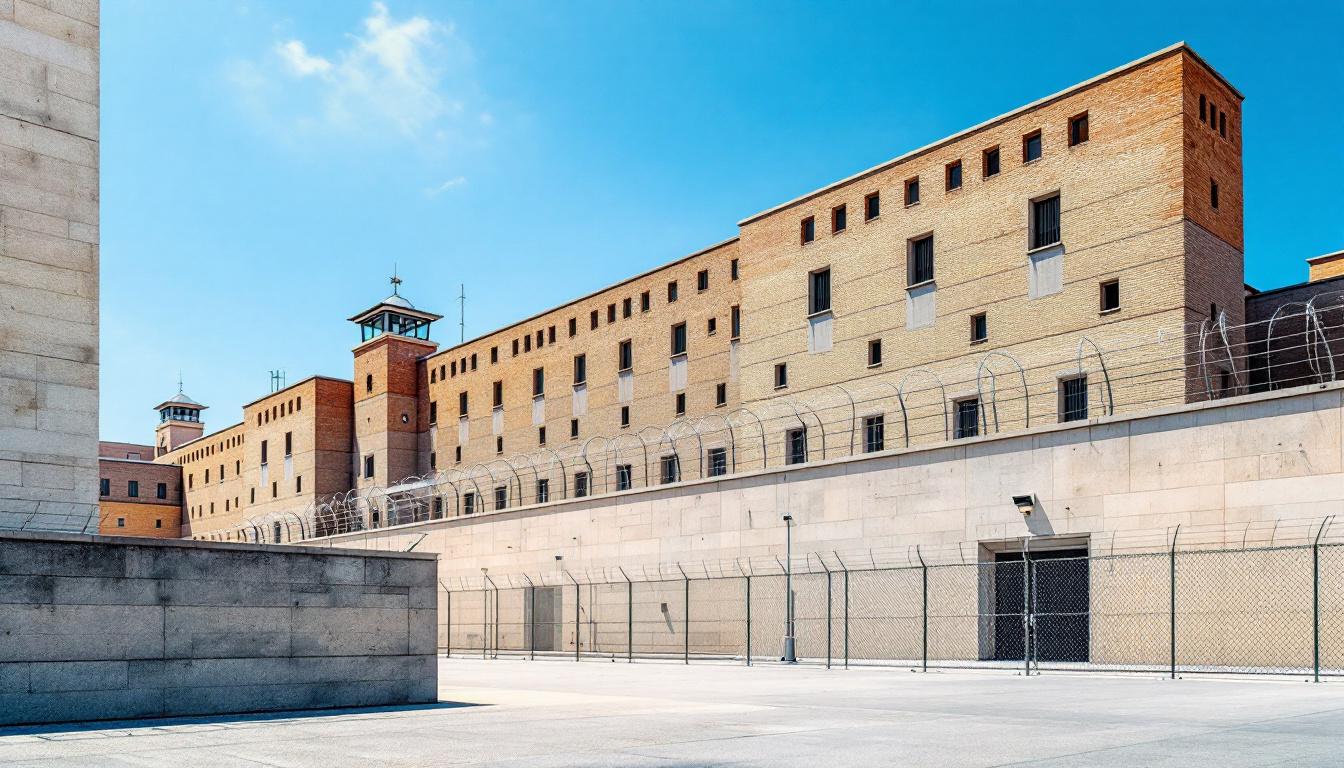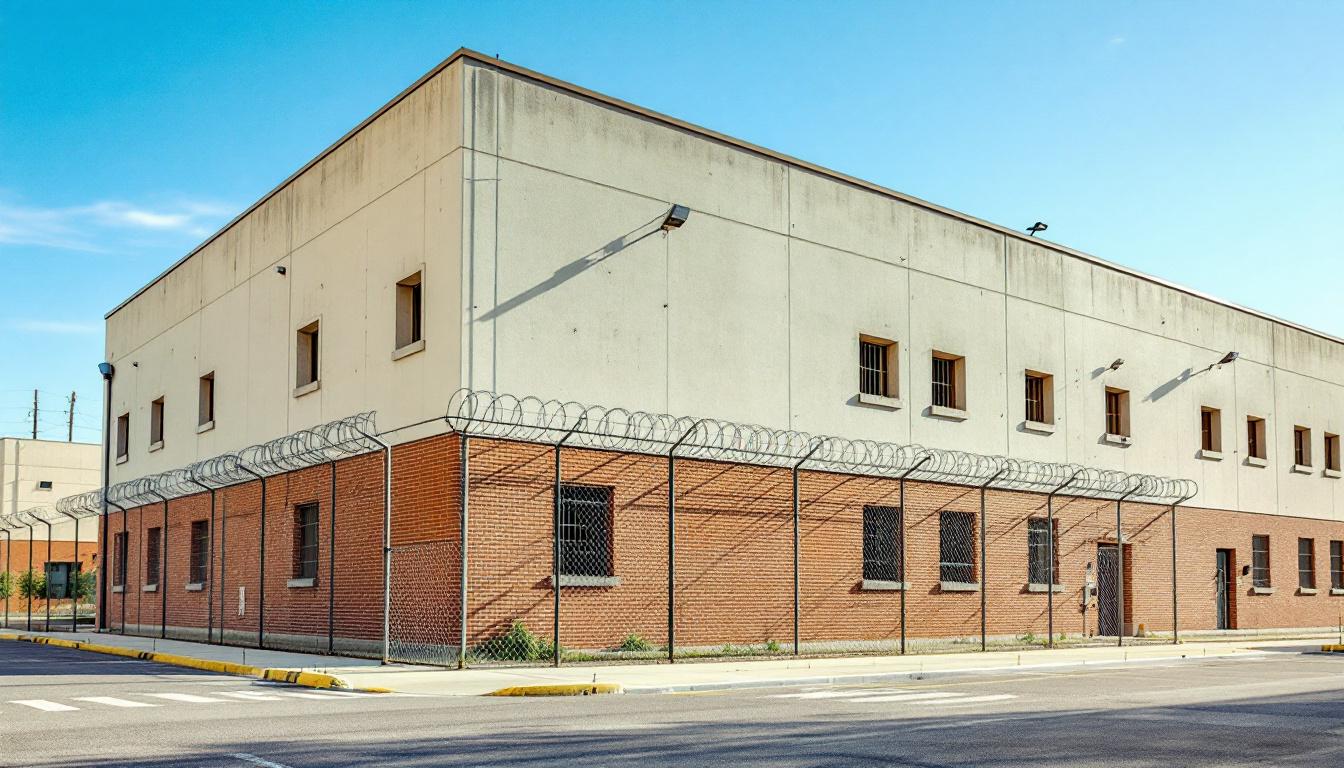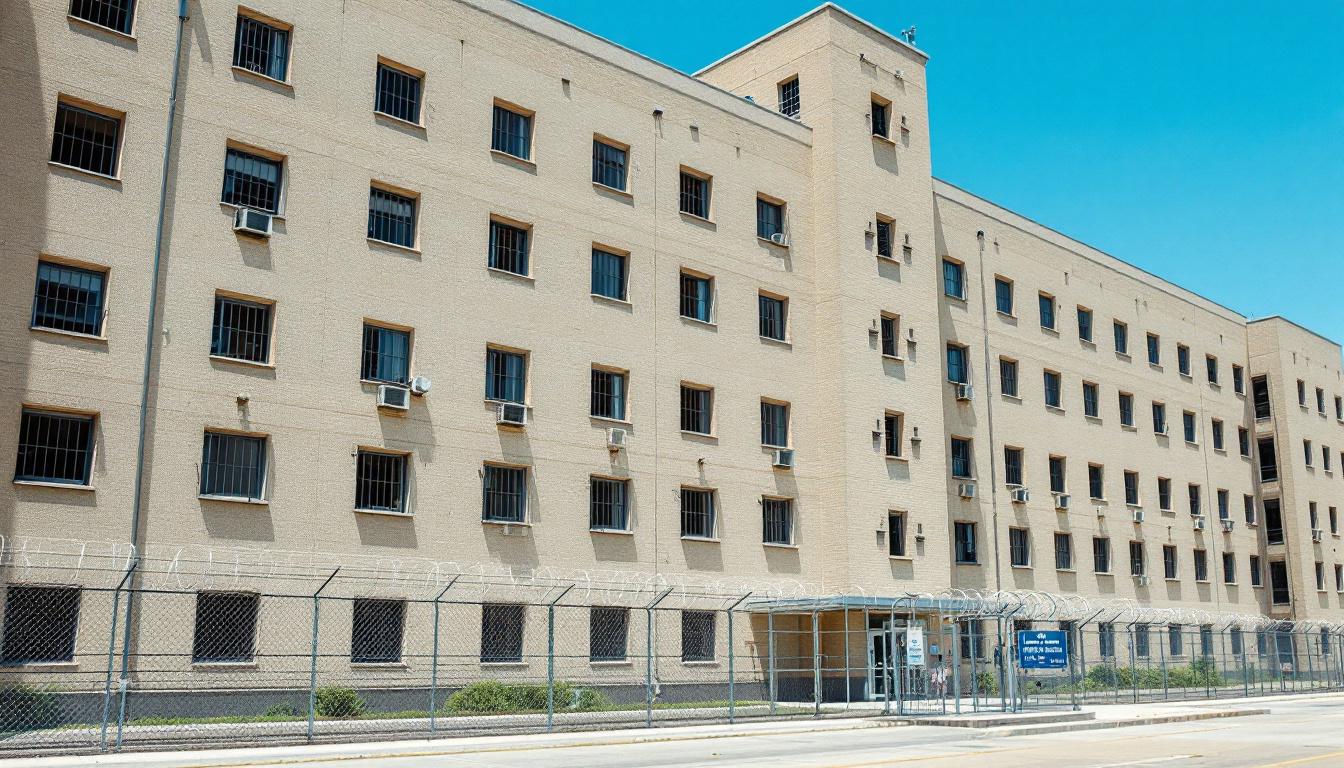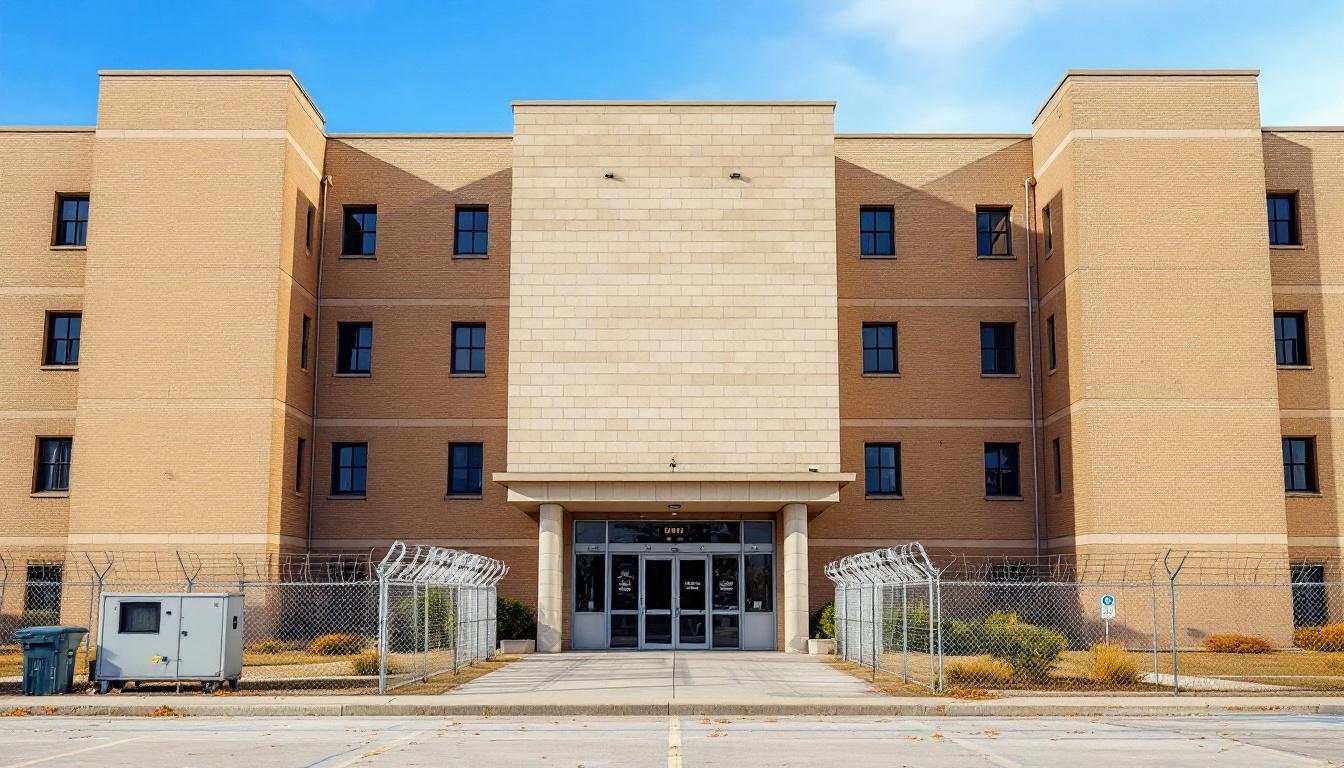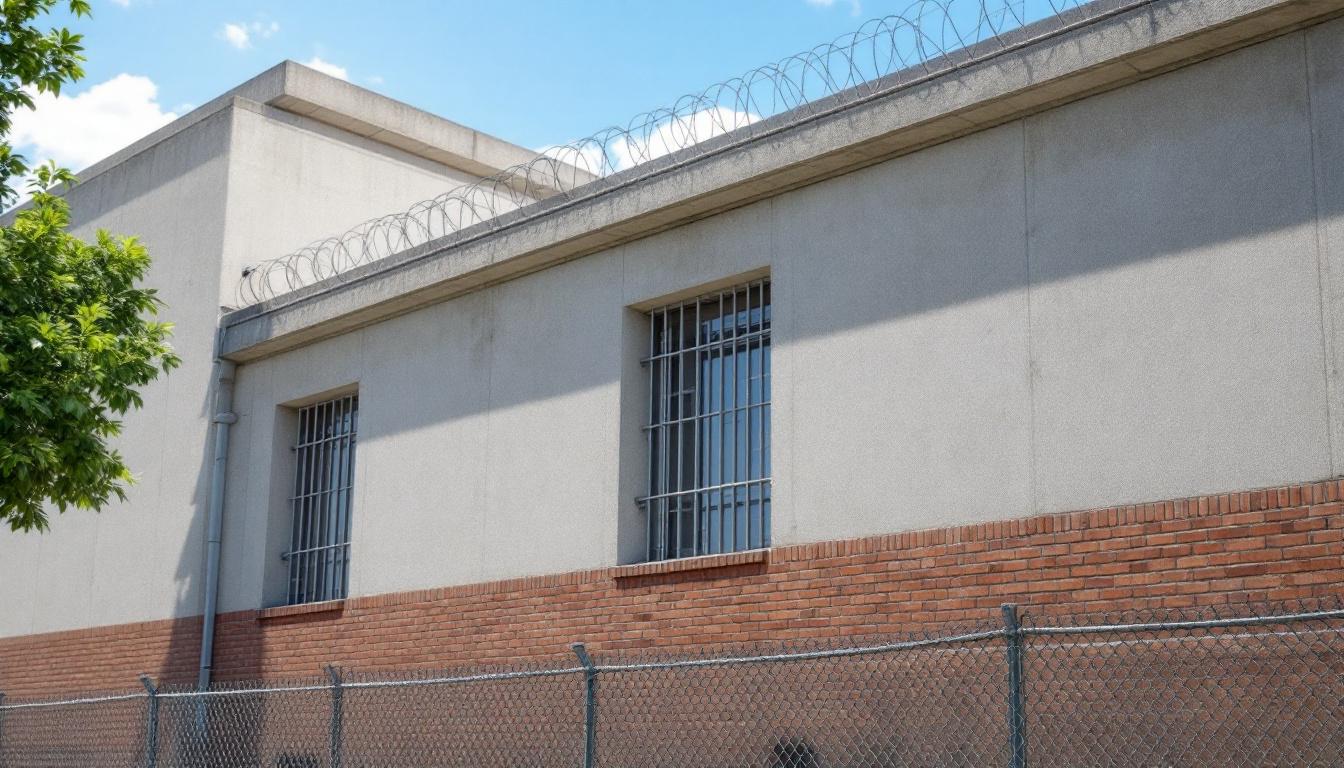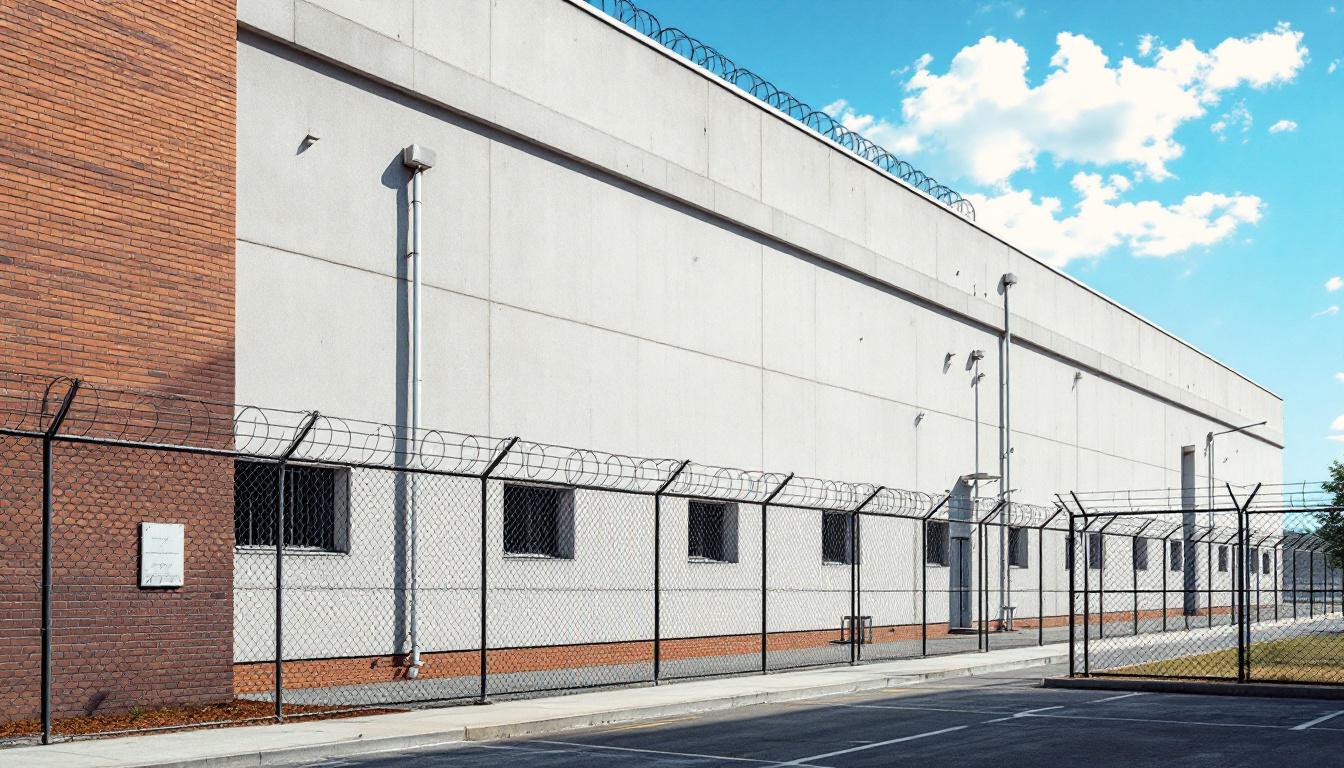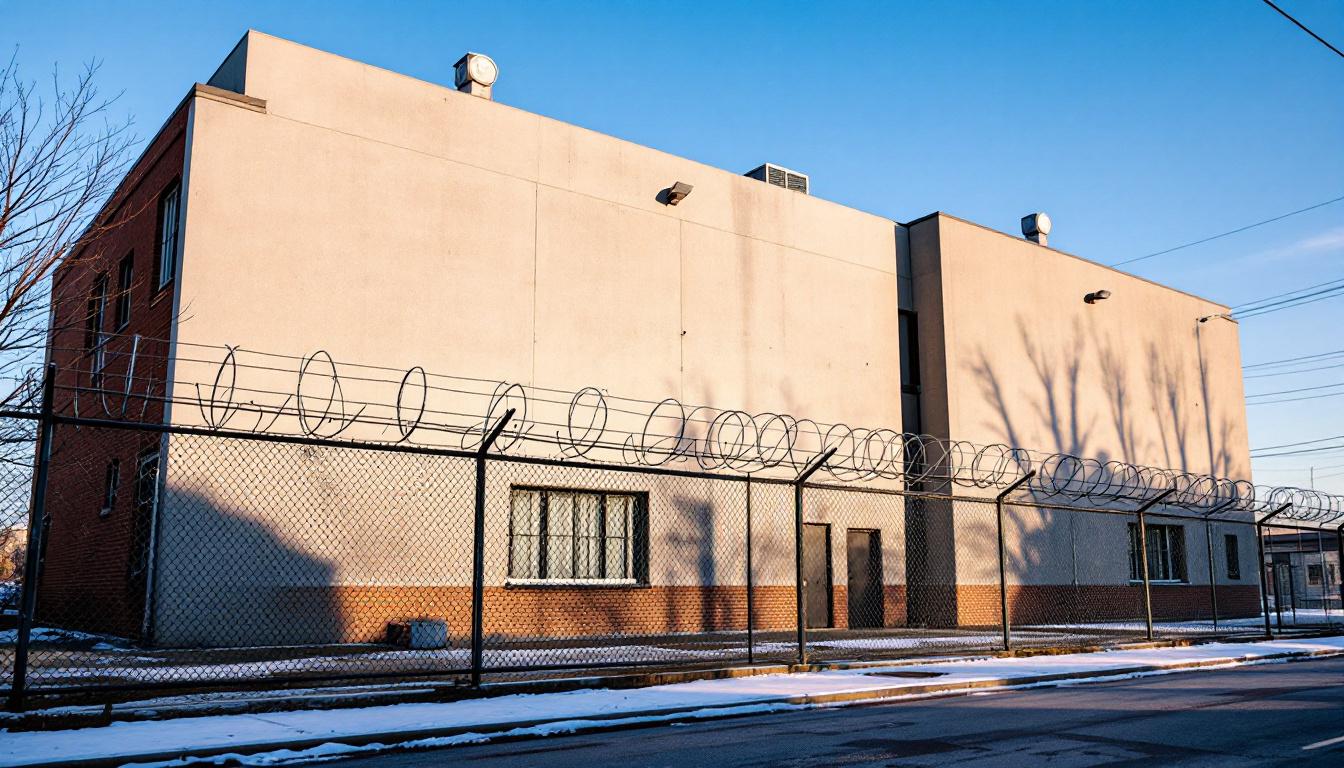
Quick Navigation
How to contact an inmate at Vista Detention Facility
This comprehensive guide will walk you through how to connect with an inmate at Vista Detention Facility. Follow the steps below to find an inmate and send letters and photos:
- Search for the inmate using our search tool below
- Create your account or log in to Penmate
- Write your message (up to 6,000 characters)
- Send instantly - inmates receive printed copies daily
Find an Inmate
Search for an inmate to start communicating today
Tip: You can search by first name, last name, or inmate ID number
To contact a person at Vista Detention Facility start by searching for the person on the official facility website. Perform a search by following these steps:
- Step 1: Enter their first name and last name into the search form and click "Search"
- Step 2: Locate their inmate record
- Step 3: Write down their Inmate ID and any housing information provided
Important! Be sure to enter the person's full name. Nicknames should not be used.
How to Send Messages to Inmates

You can use your phone or computer to send emails, letters, and photos to an inmate. Messages are sent electronically to inmate tablets or kiosks at the facility. If you would like to send a message, start by searching for an inmate at Vista Detention Facility.
Sending Photos and Postcards

A great way to send love and support to a loved one at Vista Detention Facility is to send photos and postcards. It only takes a few minutes to send photos from your phone and it makes a huge difference. You can also mail postcards with words of support and inspiration, or design your own postcard for special moments like birthdays and holidays.
Important! Be sure not to send any explicit photos or they may not be approved by the facility. You can also use a photo printing app like Penmate to make sure your photos are printed at the correct size (4x6 or 3x5) and are mailed according to the rules and regulations of Vista Detention Facility.
Frequently asked questions about Vista Detention Facility
-
How long does it take to deliver a message?
If you're sending an email message your letter is usually delivered within 24-48 hours. For messages sent via mail you should expect delivery within 3-7 days. All messages will need be approved by Vista Detention Facility.
-
How much does it cost to send a message to Vista Detention Facility?
You can send a message free using your phone or mail a message via USPS for the price of a $0.60 stamp and envelope. You can also purchase credits or e-stamps from services starting at $1.99.
-
What services can I use to contact an inmate at Vista Detention Facility?
Penmate
You can use Penmate to send letters and photos to an inmate from your phone. It's an easy way to stay in touch during your loved one's incarceration. Use the inmate locator to find an inmate's location and contact information, then you can send messages within a few minutes.
Securus messaging
Securus may be another option for communicating with an inmate at Vista Detention Facility. You can create a friends and family account and purchase credits to send messages. All messages will be reviewed and must be approved by the facility.
JPay
Some county jails and state prisons may support sending messages with JPay. You must register an account with the system, find your loved one, and purchase stamps to send messages. For some locations you can also attach photos.
Smart Jail Mail
You may also check if Smart Jail Mail is available at Vista Detention Facility. Smart Jail Mail is operated by Smart Communications and has contracted with some state and county jails. After purchasing credits, your messages and photos are sent to the facility, printed out, and then handed out to your loved one.
-
What is the mailing address of Vista Detention Facility?
Mailing address:
Vista Detention Facility
325 S Melrose Dr
Vista, CA 92081
Phone: (760) 936-0014Business hours:
- Monday: Open 24 hours
- Tuesday: Open 24 hours
- Wednesday: Open 24 hours
- Thursday: Open 24 hours
- Friday: Open 24 hours
- Saturday: Open 24 hours
- Sunday: Open 24 hours
-
What are the visiting hours at Vista Detention Facility?
Visiting hours at Vista Detention Facility vary by housing unit and security level. Generally, visits are scheduled on weekends and holidays, with some facilities offering weekday visits. Contact the facility directly at (760) 936-0014 or check their website for the current visiting schedule. Visits typically last 30-60 minutes and must be scheduled in advance.
-
What items are prohibited when sending mail to Vista Detention Facility?
Prohibited items typically include: cash, personal checks, stamps, stickers, glitter, glue, tape, staples, paperclips, polaroid photos, musical or blank greeting cards, hardcover books, magazines with staples, and any items containing metal or electronics. Only send letters on plain white paper with blue or black ink. Photos must be printed on regular photo paper (no Polaroids). Always check with Vista Detention Facility for their specific mail policies.
-
How do I send money to an inmate at Vista Detention Facility?
You can send money to an inmate at Vista Detention Facility through several methods: 1) Online using JPay, Access Corrections, or the facility's approved vendor, 2) Money orders mailed directly to the facility with the inmate's name and ID number, 3) Kiosks located in the facility lobby, or 4) Over the phone using a credit or debit card. Fees vary by method, typically ranging from $2.95 to $11.95 per transaction.
-
Can I schedule a video visit with an inmate at Vista Detention Facility?
Many facilities now offer video visitation as an alternative to in-person visits. At Vista Detention Facility, video visits may be available through services like Penmate, Securus Video Connect, GTL, or ICSolutions. Video visits typically cost $10-20 for 20-30 minutes and must be scheduled in advance. You'll need a computer or smartphone with a camera and reliable internet connection. Contact the facility for their specific video visitation policies and approved vendors.
-
What identification do I need to visit an inmate at Vista Detention Facility?
All visitors must present valid government-issued photo identification such as a driver's license, state ID, passport, or military ID. Minors must be accompanied by a parent or legal guardian who can provide the minor's birth certificate. Some facilities require visitors to be on the inmate's approved visitation list, which may require a background check. Contact Vista Detention Facility for specific ID requirements and visitor approval procedures.
-
How can I find out an inmate's release date?
To find an inmate's release date at Vista Detention Facility, you can: 1) Use the online inmate search tool if available, 2) Call the facility's records department, 3) Contact the inmate's case manager or counselor, or 4) Have the inmate provide this information during a call or visit. For privacy reasons, some facilities only release this information to immediate family members.
Facility Overview
Official Website
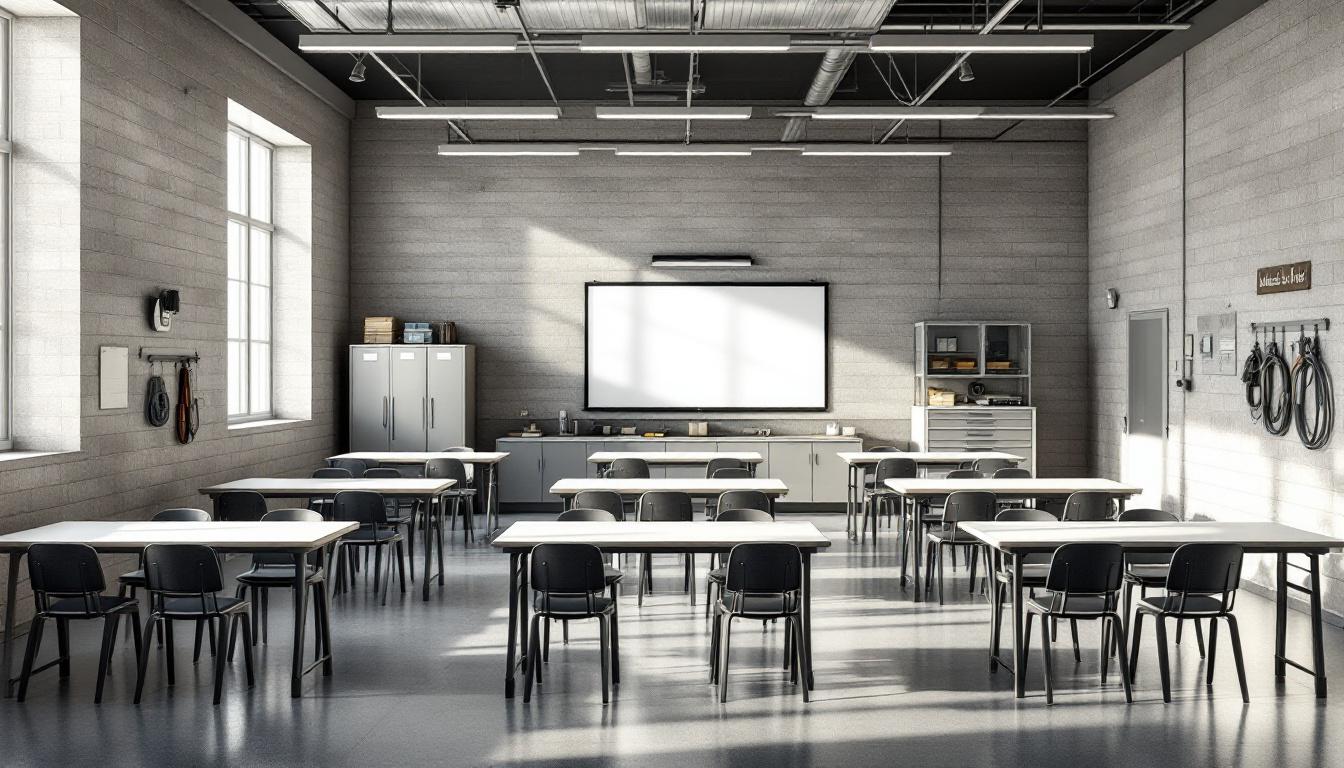
About Vista Detention Facility
Serving as the primary intake point for female inmates throughout San Diego County, the Las Colinas Detention and Reentry Facility represents a modern approach to correctional operations in Santee, California. Located on a 45-acre campus at 451 Riverview Parkway, this facility opened in August 2014 to replace the original Las Colinas Detention Facility, which had served the community since 1967. The transition marked a significant evolution in the county’s correctional philosophy, introducing innovative operational models designed to improve both safety and rehabilitation outcomes.
The facility operates with a rated capacity of many individuals and maintains staffing levels of approximately 200 sworn employees and 200 professional staff members. LCDRF has implemented two groundbreaking operational philosophies that distinguish it from traditional correctional approaches. The “Open Booking” model replaces conventional intake procedures by allowing incarcerated individuals to remain in an open seating area with access to telephones and restrooms while being called for various booking processes, with holding cells reserved dedicated for those requiring enhanced security measures. Additionally, the facility employs a “Direct Supervision” approach, though specific details of this operational model may vary based on housing unit requirements and individual classification levels.
Located in Santee, the facility typically offers comprehensive services that may include medical screening, mental health support, educational programming, and reentry preparation resources. The modern design and operational philosophies reflect contemporary correctional practices focused on rehabilitation and successful community reintegration. For public inquiries and custody information, the facility can be reached at (619) 409-5000, which serves as the centralized contact number for all Sheriff’s detention facilities in San Diego County.
Programs & Services
I notice there’s a discrepancy in your request. You’ve asked me to write about Vista Detention Facility, but the website content you’ve provided is about Las Colinas Detention and Reentry Facility in Santee, CA. The content appears to be cut off mid-sentence when describing the “Direct Supervision” operational philosophy.
Based on the provided information about Las Colinas Detention and Reentry Facility, I can write about their services and programs:
Las Colinas Detention and Reentry Facility has implemented innovative operational approaches that prioritize rehabilitation and reentry preparation for incarcerated women in San Diego County. The facility operates under a “Direct Supervision” model and employs an “Open Booking” philosophy that allows individuals greater access to essential services like telephones and restrooms during the intake process, creating a less restrictive environment compared to traditional booking procedures.
As the primary intake facility for women in the county, Las Colinas typically offers comprehensive reentry programming that may include educational services, vocational training opportunities, and substance abuse counseling. The facility’s focus on reentry preparation often encompasses life skills training, job readiness programs, and mental health services designed to support successful community reintegration. With approximately 400 staff members including both sworn officers and professional personnel, the facility is positioned to provide various support services that address the specific needs of the female population.
The facility’s programs may also include parenting classes, financial literacy education, and connections to community resources that help maintain family relationships and prepare for release. Given its role as a detention and reentry facility, Las Colinas likely coordinates with local organizations to provide transitional services, though specific partnerships would need to be confirmed through official channels.
Would you like me to write about Vista Detention Facility instead, or would you prefer I continue focusing on Las Colinas based on the website information you provided?
Daily Life & Visitation
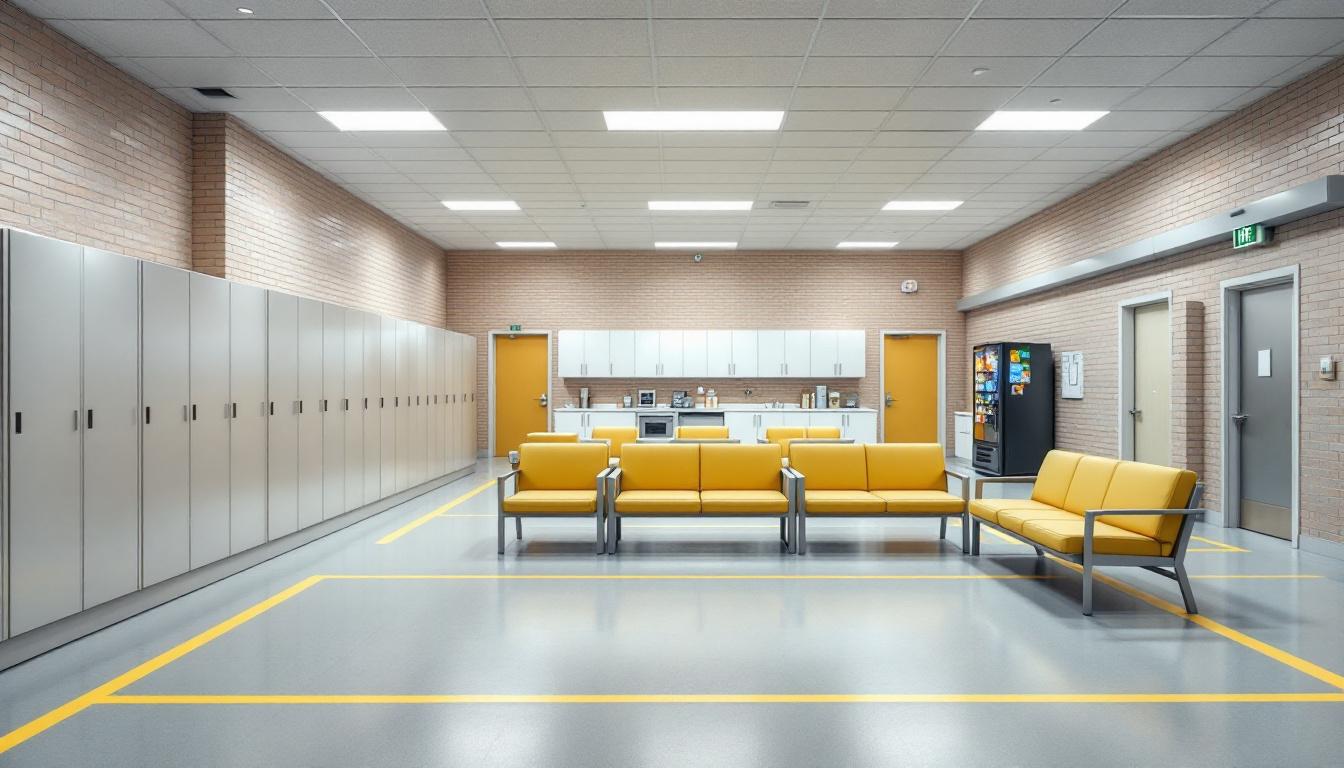
The Las Colinas Detention and Reentry Facility operates under a “Direct Supervision” model that shapes how incarcerated individuals experience their time at this Santee-based facility. This operational philosophy typically means that correctional officers work directly within housing units rather than observing from separate control rooms, creating a different dynamic in daily interactions. The facility’s “Open Booking” approach also sets a distinct tone from the start of incarceration, where individuals wait in open seating areas with access to telephones and restrooms rather than being moved between traditional holding cells during the intake process.
As the primary intake point for incarcerated females in San Diego County, the facility likely maintains structured daily schedules that may include meal times, recreational periods, and programming opportunities. The 45-acre campus, which opened in 2014 with a rated capacity of 1,280, is staffed by approximately 400 employees who oversee various aspects of facility operations. Families and friends can typically contact the facility at (619) 409-5000 for custody information and visiting inquiries, though specific visiting schedules and procedures would need to be confirmed directly with facility staff.
The facility’s focus on reentry, as indicated in its name, suggests that programming and services may be oriented toward preparing individuals for successful community reintegration. This could include educational opportunities, vocational training, or counseling services, though the specific availability and scheduling of such programs would vary based on individual classifications and facility resources. The modern design and operational philosophies implemented since the facility’s opening may contribute to a different environment compared to older correctional facilities in the region.
Ready to Connect?
Start communicating with your loved one today
Search for an Inmate
